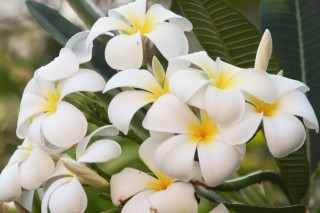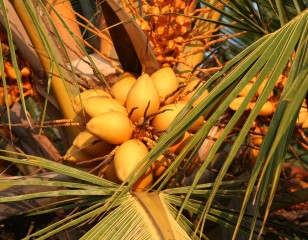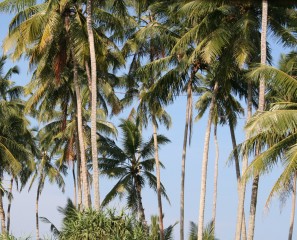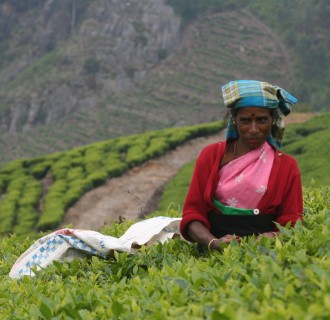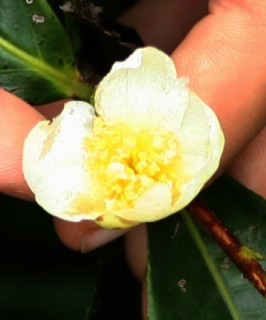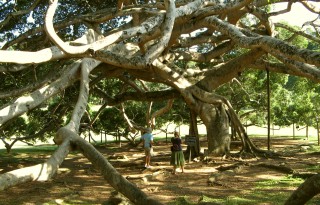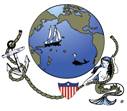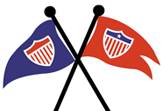|
Flora & Fauna Areas Sri Lanka Flora/Fauna Related Pages Sri Lanka HomeSri Lanka Letters Sri Lanka Cruising |
Sri Lanka Flora/Fauna
This section features the plants and animals of Sri Lanka including Sri Lanka tea,
macaque monkeys, Asian elephants, leopards, jackals, boars, Sambar deer and crocodiles.
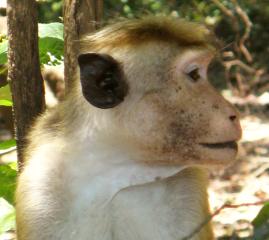 A Red Faced Macaque, Yala NP |
Sri Lanka is a teardrop shaped island off the SE coast of India, and is geographically part of the vast region known as the Indian Sub-continent. While its extremes in climate and terrain are not nearly so immense as those of the whole sub-continent (which includes deserts, coastal marshes and the highest reaches of the Himalayas) Sri Lanka does have several distinct eco-regions. We traveled throughout the country's verdant hills and along the western southeastern coasts which are dotted with marshes and small inland lakes. The country has over 90 species of mammal (including elephant, leopard, bear and monkeys), hundreds of butterflies, over 80 snake species (including deadly cobras and vipers), and about 435 species of birds.
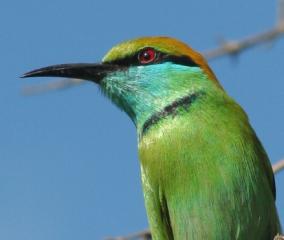 The colorful Green Bee-Eater |
Sri Lanka has the distinction of having the world's oldest recorded wildlife preserve. More than 2000 years ago, in the 3rd century BC, a region in north central Sri Lanka was set aside by royal decree to be free of all hunting. Today, more than 8% of the land is preserved as national park or nature preserve. If you want to visit Sri Lanka it's best to get information on the state of the civil war there. We visited despite a US State Department Travel Advisory and had to troubles. But it's potluck. Colombo is the capitol and the main gateway into the interior. As sailors, we arrived in the port of Galle, on the SW coast. The town of Kandi (and other hill towns) are great for bird watching, and Yala National Park on the SE coast is a superb area for wildlife. You can learn more on our Sri Lanka Home and Sri Lanka Interior Newsletter pages.
Check out our pages on the birds of Sri Lanka and another of the other animals of Sri Lanka.
FLORA OF SRI LANKA
